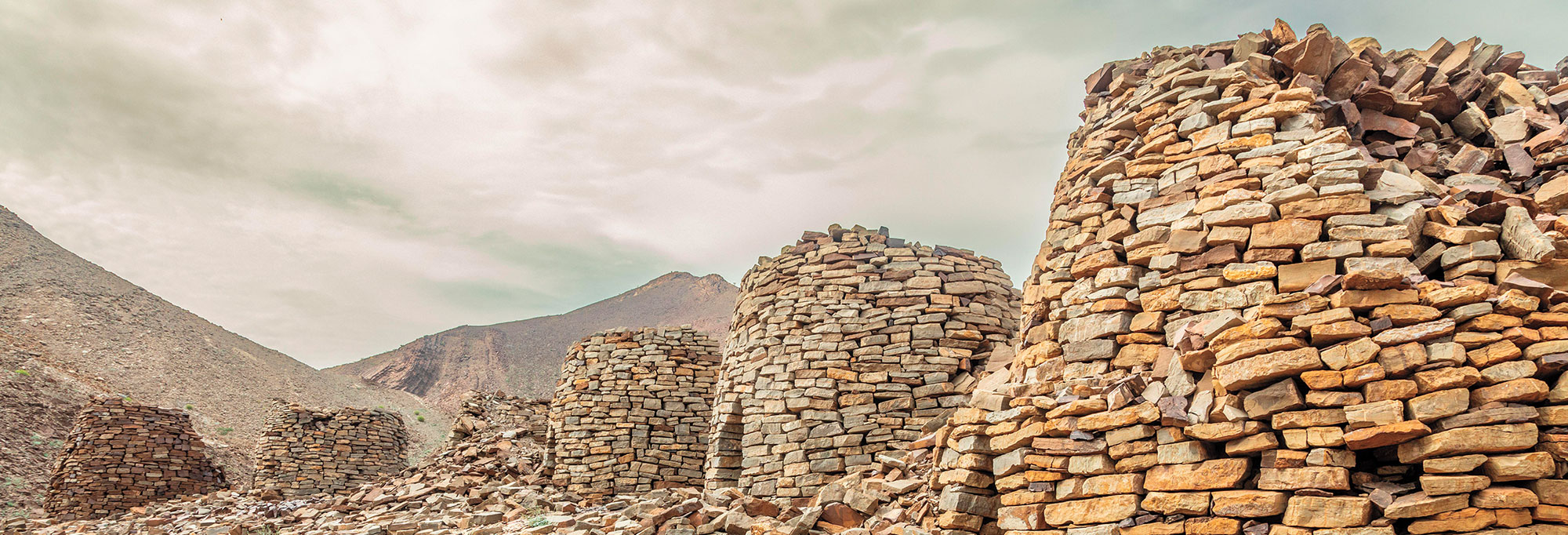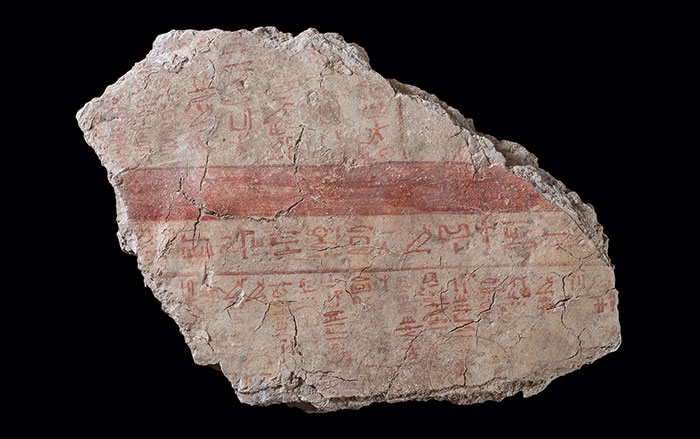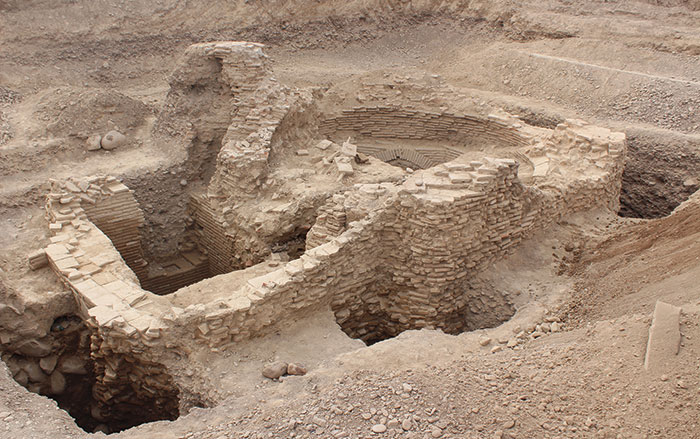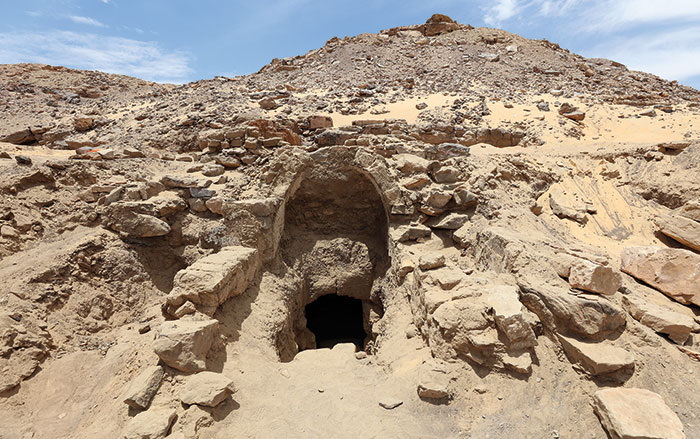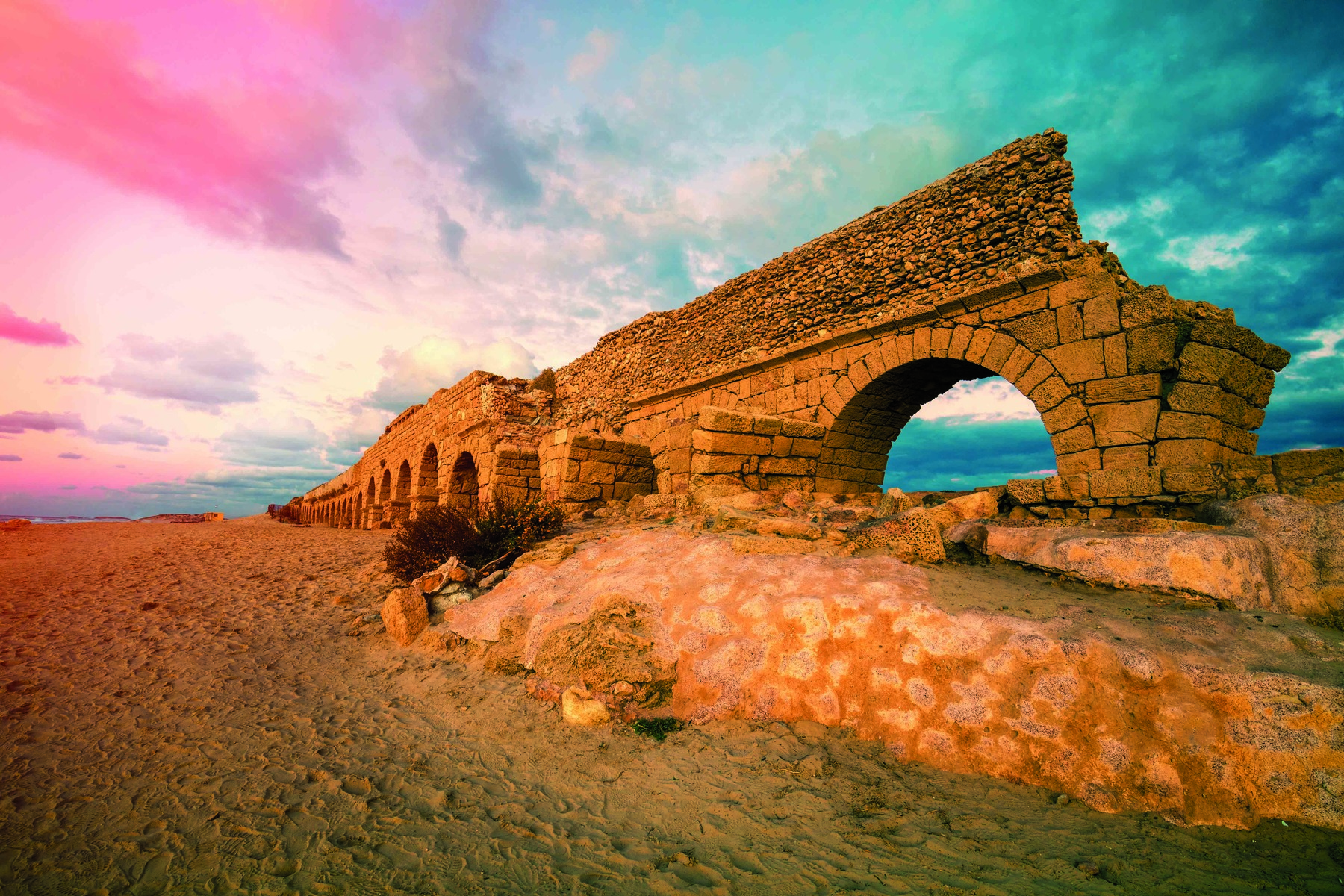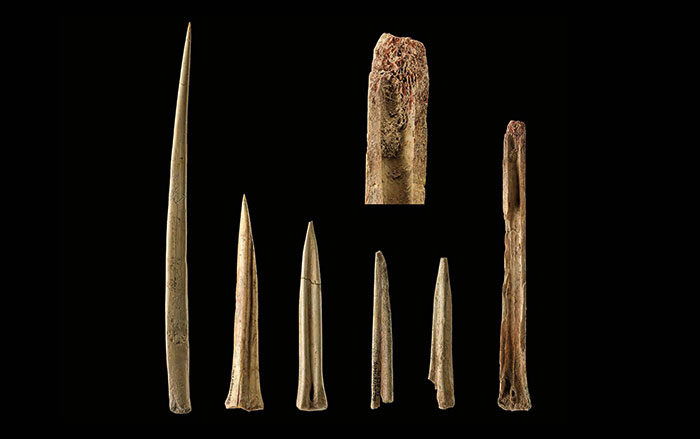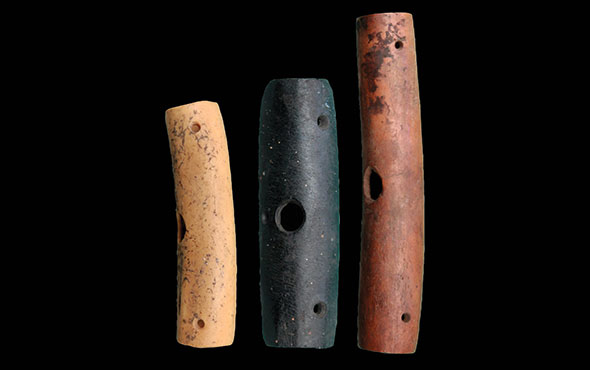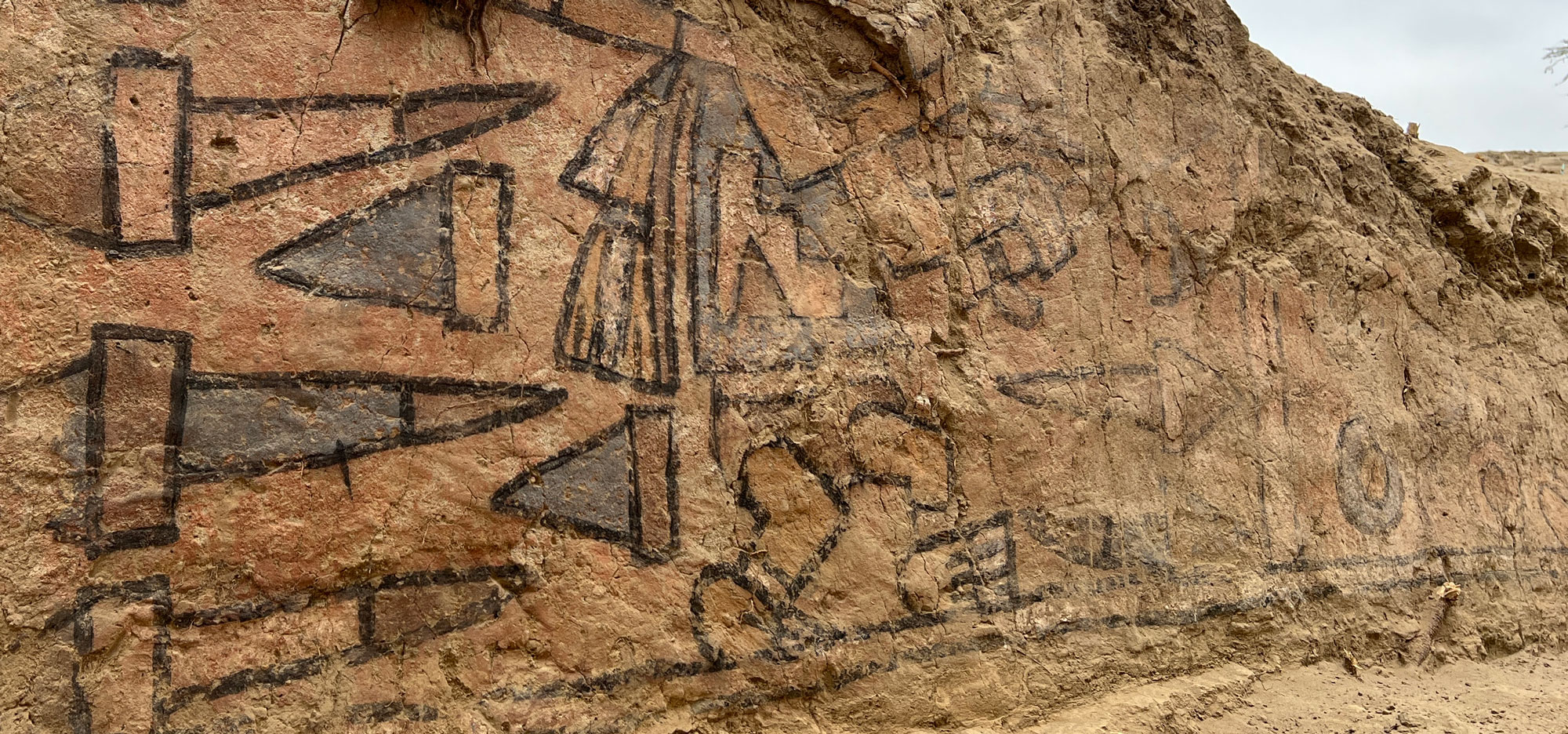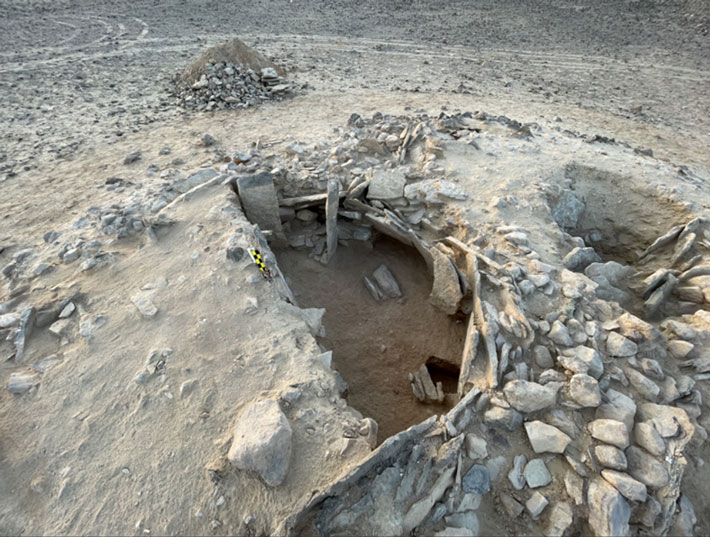
AL WUSTA, OMAN—Live Science reports that the remains of dozens of people have been found in a unique tomb in central Oman by a team of researchers led by Alžběta Danielisová of the Czech Republic’s Institute of Archaeology in Prague. Constructed with walls and a roof made of rows of thin stone slabs called ashlars, the tomb had been covered with a mound of earth. Inside, it was divided into two circular burial chambers that had been further separated into individual compartments. The dead are thought to have decomposed elsewhere, because bones inside these burial chambers were placed in clusters, while the skulls were found near the outside wall, and the long bones had been arranged so that they pointed toward the center of the chamber. The remains are thought to have been deposited in the tomb over a period of several hundred years, beginning about 7,000 years ago. A smaller, similar tomb was found nearby. Analysis of the bones could reveal what the deceased ate and where they were born. Further research in the area could also determine where these people lived. To read about bronze weapons unearthed at a site in northeastern Oman, go to "Fit for a War God."


